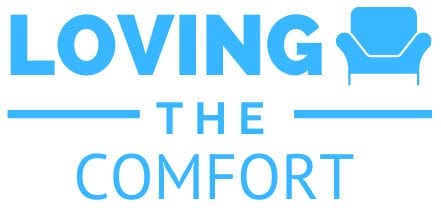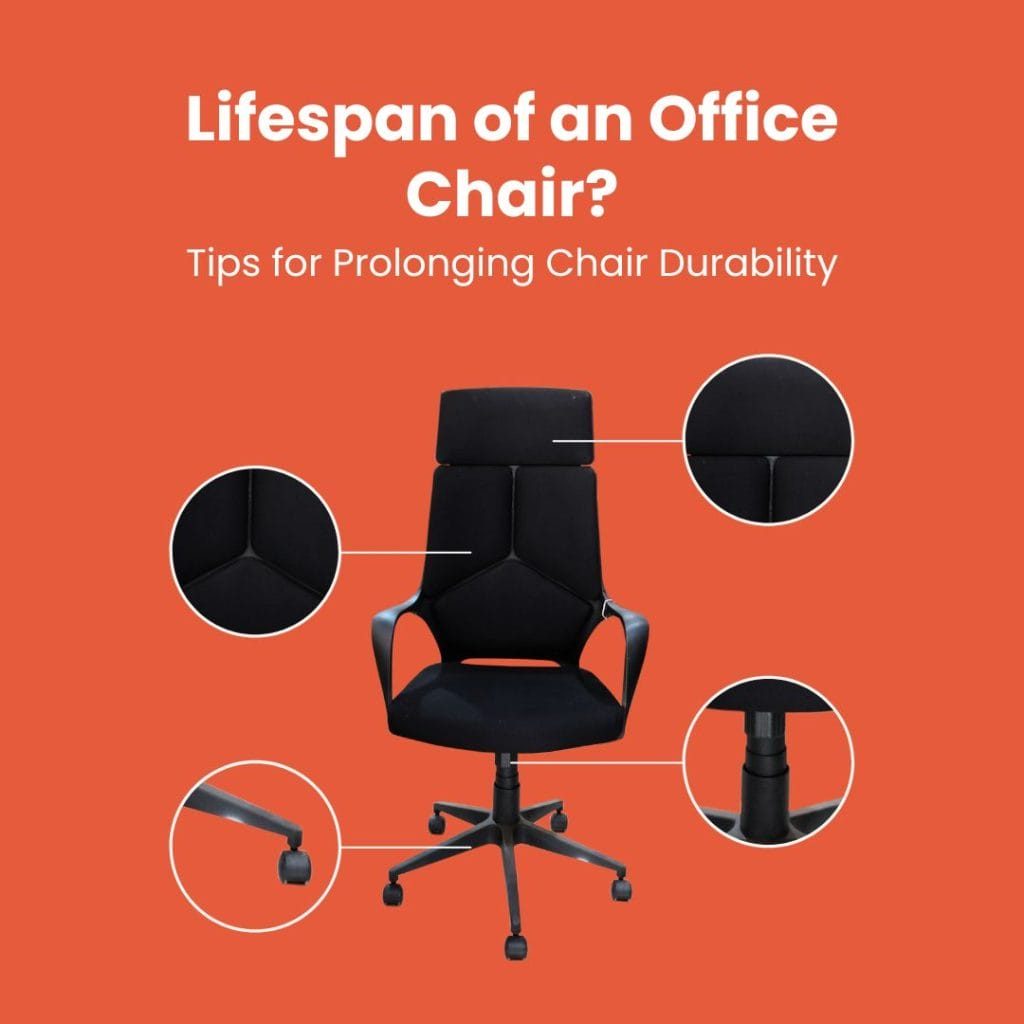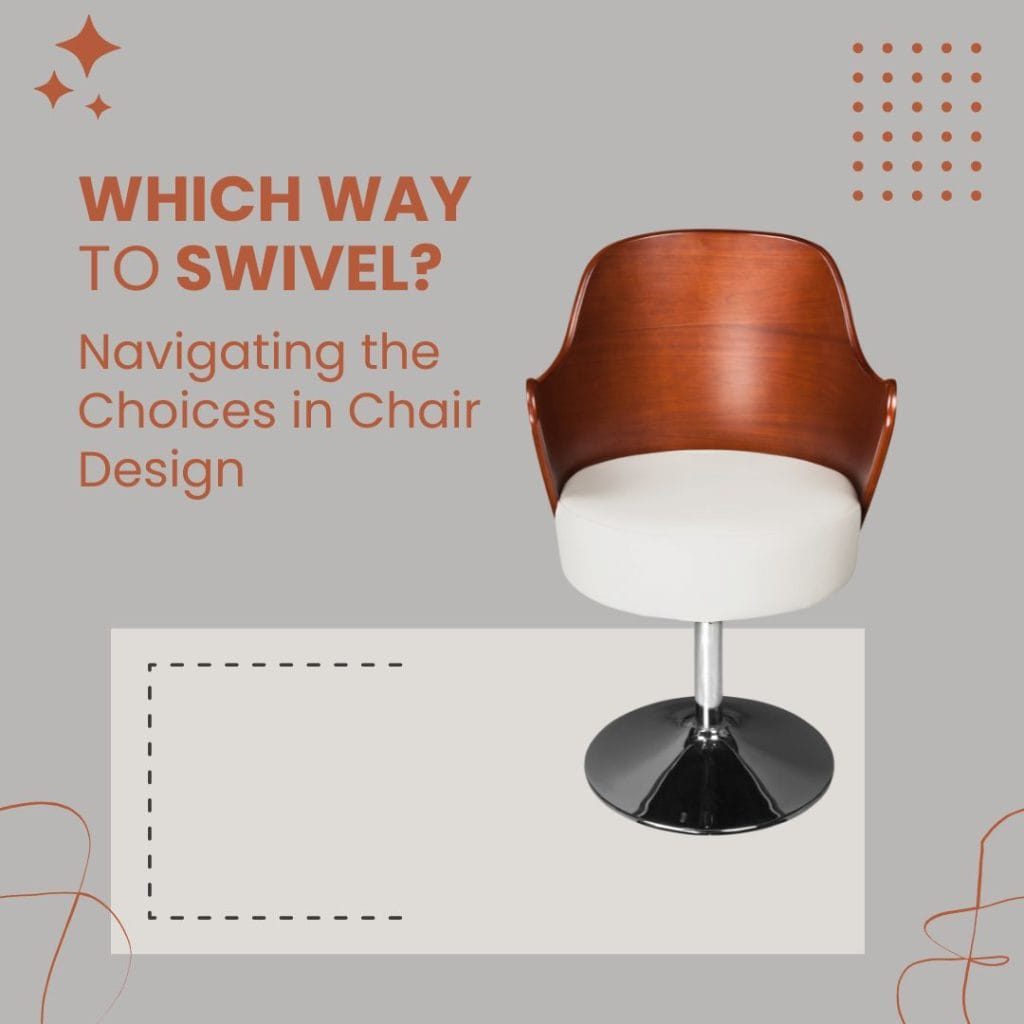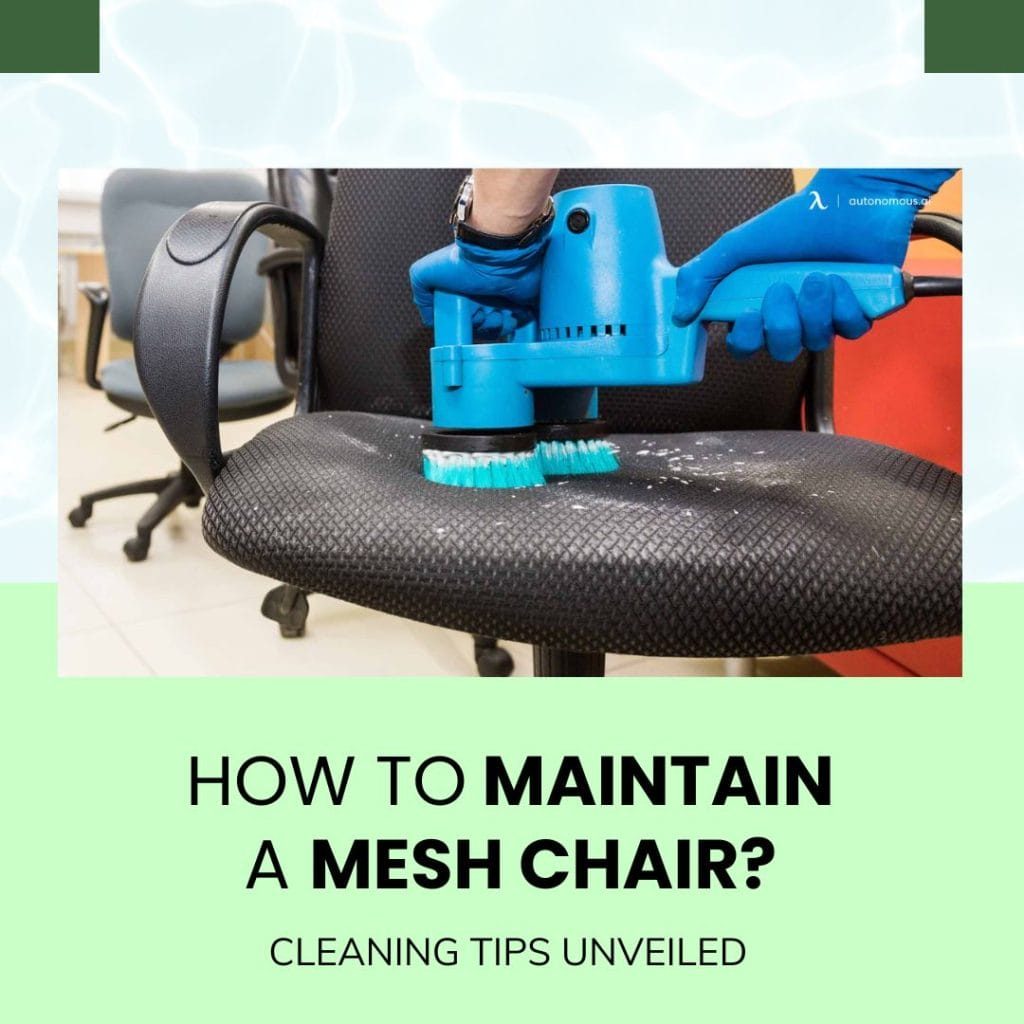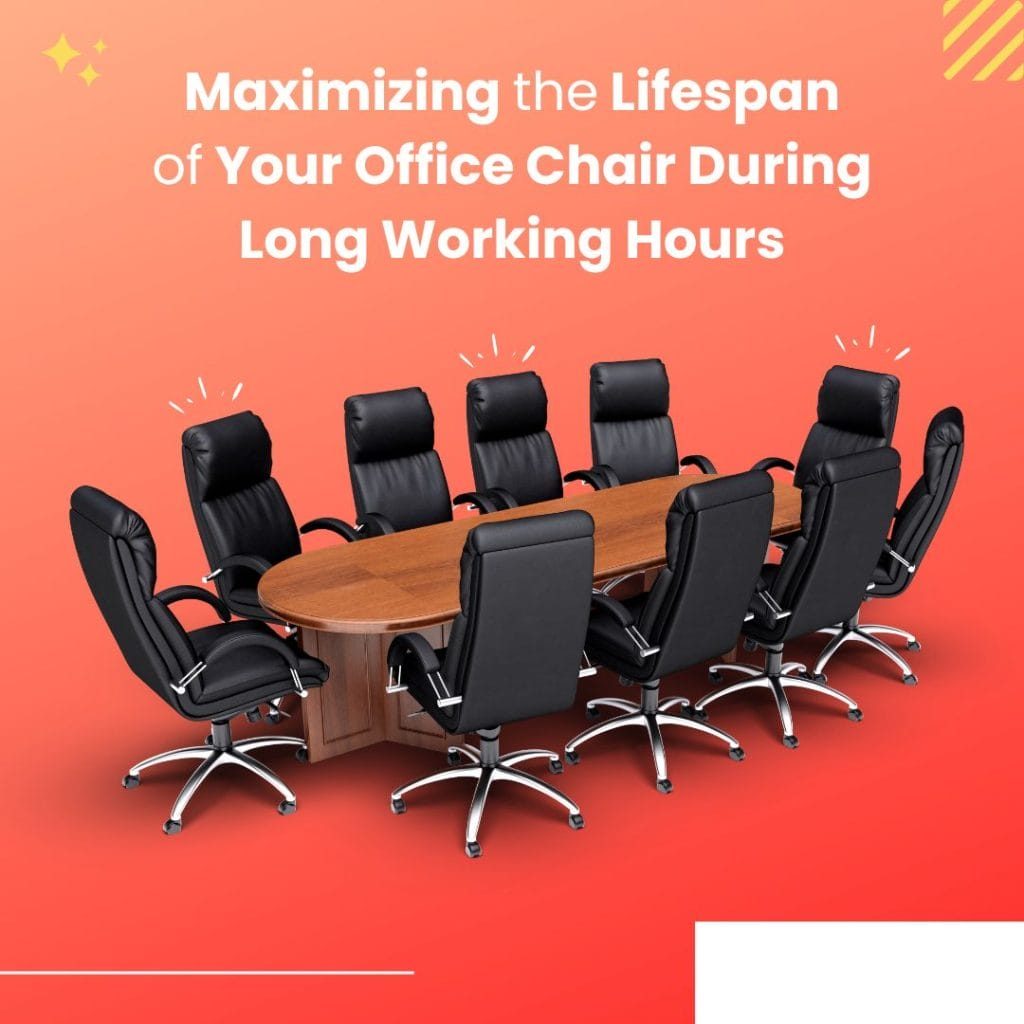Bonded leather, reconstituted leather, or blended leather is used for a manufactured upholstery material containing animal hide. Shredding leather scraps and fiber makes it, mixing it with bonding materials. The mixture is extruded onto a fiber cloth or paper backing, and the surface is usually embossed with a leather-like texture or grain.
The Concept of Bonded Leather
The concept of bonded leather dates back to the 19th century, when it was originally used for bookbinding. The process of producing bonded leather has evolved, with advancements in technology enabling more efficient and quality-driven production. In its current manufacturing process, leftover leather scraps are ground into a pulp and then bonded together using polyurethane or latex onto a fiber sheet. The varying degree of genuine leather in the mix (ranging from 10% to 90%) impacts the finished product’s quality, durability, and texture.
Characteristics of Bonded Leather
Bonded leather is characterized by its unique properties and features. Although its composition varies, it offers a cost-effective and aesthetically pleasing alternative to genuine leather.
Quality and Durability
Bonded leather’s quality and durability can vastly differ depending on the blend. As the percentage of genuine leather increases, the material tends to be more durable and exhibits a more natural feel. However, bonded leather with a lower concentration of genuine leather can be less resilient and may peel or crack over time, especially under frequent use or harsh conditions. It’s important to note that while bonded leather can offer the aesthetic appeal of genuine leather, it generally shares a different longevity and robustness.
Comparison with Genuine Leather and Faux Leather
When compared to genuine leather, bonded leather typically lacks the same depth of color, rich patina, and distinct aroma associated with real leather products. It rarely outperforms genuine leather in terms of durability, and over time, heavy use can cause the bonded material to peel and crack, revealing the substrate beneath.
In contrast, faux leather, also known as synthetic leather, does not contain any genuine leather. It’s made entirely from a plastic base and then embossed and treated to resemble real leather. Unlike bonded leather, faux leather is generally not as durable or long-lasting and can easily show signs of wear and tear.
Uses of Bonded Leather
- Furniture: Bonded leather is often used to upholster furniture, including sofas, chairs, and ottomans. It offers a more cost-effective alternative to genuine leather while still providing a similar aesthetic.
- Accessories: Bonded leather is also commonly used for handbags, wallets, and belts. These items can offer the look of genuine leather at a lower price point.
- Automotive: Bonded leather can also be found in the automotive industry, used for car interiors and seat covers.
Conclusion
In summary, bonded leather presents a cost-effective, aesthetically pleasing alternative to genuine leather. Its versatility allows it to be used in various industries, from furniture to fashion accessories to automotive interiors. However, the blend of real leather in the mix largely determines its quality, durability, and lifespan. Although it can mimic the look of genuine leather, it often lacks the rich patina, depth of color, and longevity associated with the latter. When opting for bonded leather, it’s crucial to understand both its advantages and potential limitations. By making informed decisions, consumers can enjoy the leather-like appeal of related goods while still being mindful of their longevity and maintenance needs.
